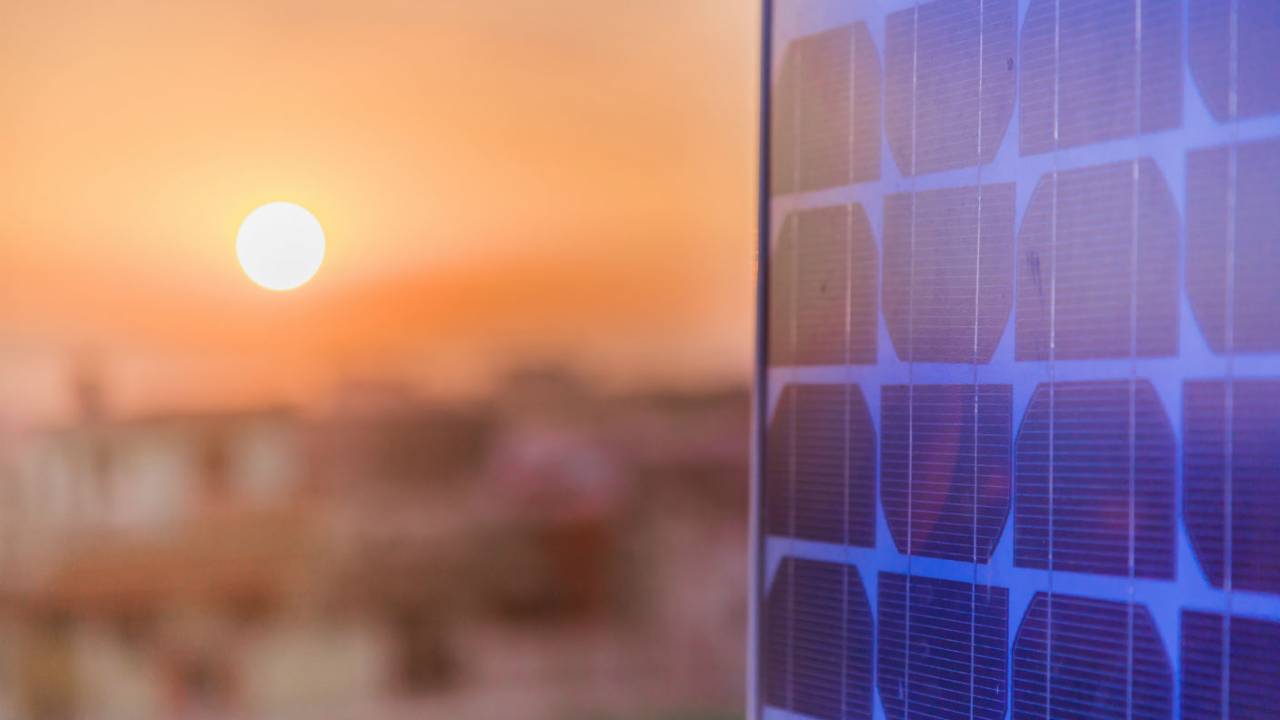What better time to talk of the romance between birds than Spring? Even the gentle dove, traditionally seen as a symbol of peace, almost takes leave of its nature during the mating season.
With the persistent and loud cooing that last whole days from spring through summer, the idea that the dove is a shy, almost nervous bird, begins to look unreal.
The cooing, variously described by people as soothing, indicating spiritual messages, and irritating, is enabled by a class of muscles that, as per science, is one of the fastest known contracting muscles. Once the mate has been found, the bond between the male and female is for life, dove being a monogamous bird.
There is an interesting aspect to the voice of a dove just before flight, and it takes experience for a birder to place it. The dove lets out a thin, clear and loud sound as it takes wings as though announcing its take off. Otherwise, its vocalization is limited to cooing.

The two varieties of dove in north India are the Laughing Dove and the Neck-ringed Dove. With their velvety necks, and bald heads, both have a delicate beauty about them; the neck-ringed dove, with a black, half ring collar on a soft greyish white neck, is even more attractive than the laughing duck. The neck-ringed one comes in two colours, a soft pink-grey and a grey-white.
Doves can adapt to any environment with the exception of the arctic, according to a nature website. They are comfortable in human environs, largely due to the food spill that we generate: grains, millets and other seeds. If you feed birds and don’t sometimes have roti crumbs or bajra, here is an idea: peas, especially the soggy, canned variety, are a favourite of doves. Doves are wary of whole peanuts, which can choke them, and they only eat tiny bits left over by the squirrels.

Although doves largely forage on ground, they do not mingle with us like their spoilt siblings in the Columbidae family, pigeons. While pigeons are demanding and audacious, doves wait for you to be out of sight before they peck on the food you serve, even when it is a daily interaction.
Doves are so nervous that they make you feel guilty about watching them intently, and you have to stand at a safe distance with your camera. Even so, no other bird I photograph looks as much over its shoulder as does the dove.
To my birder’s lay eye, there seems to be no difference between the male and female except that the latter is a bit smaller, and has a slender neck compared to the male’s round neck.
Among the most interesting sights about a dove is that it can drink water without having to tip its heads up, which is not the case with most other birds I know.


















Discussion about this post